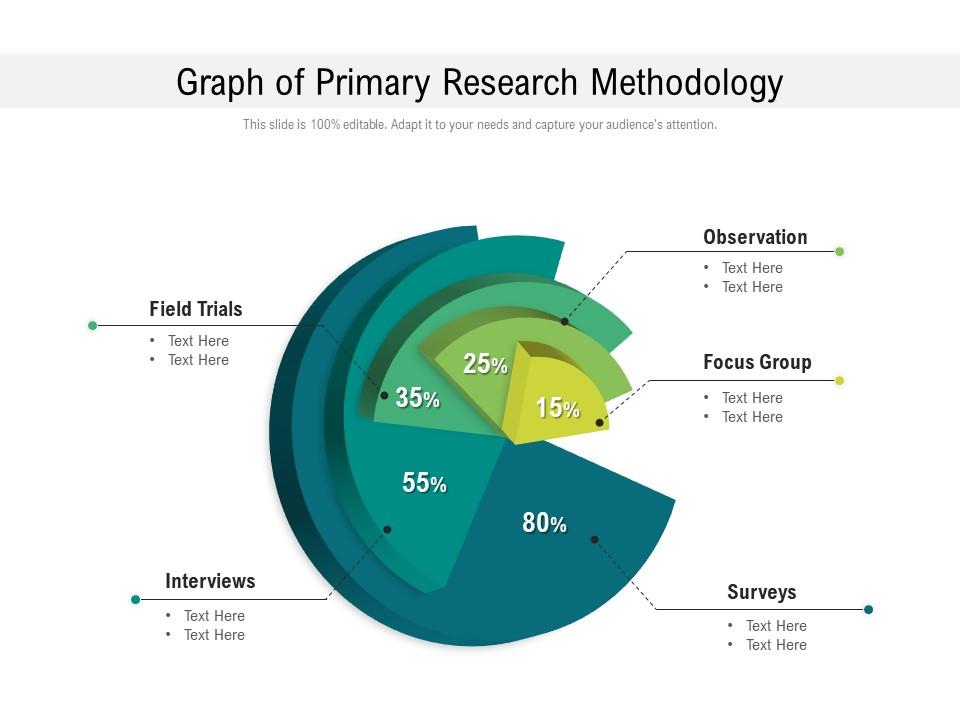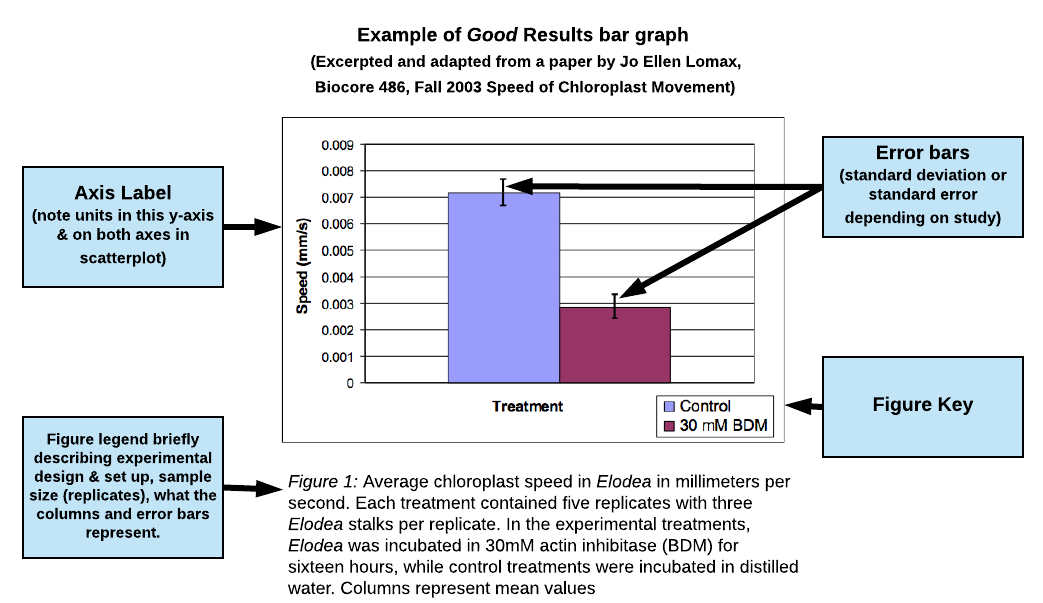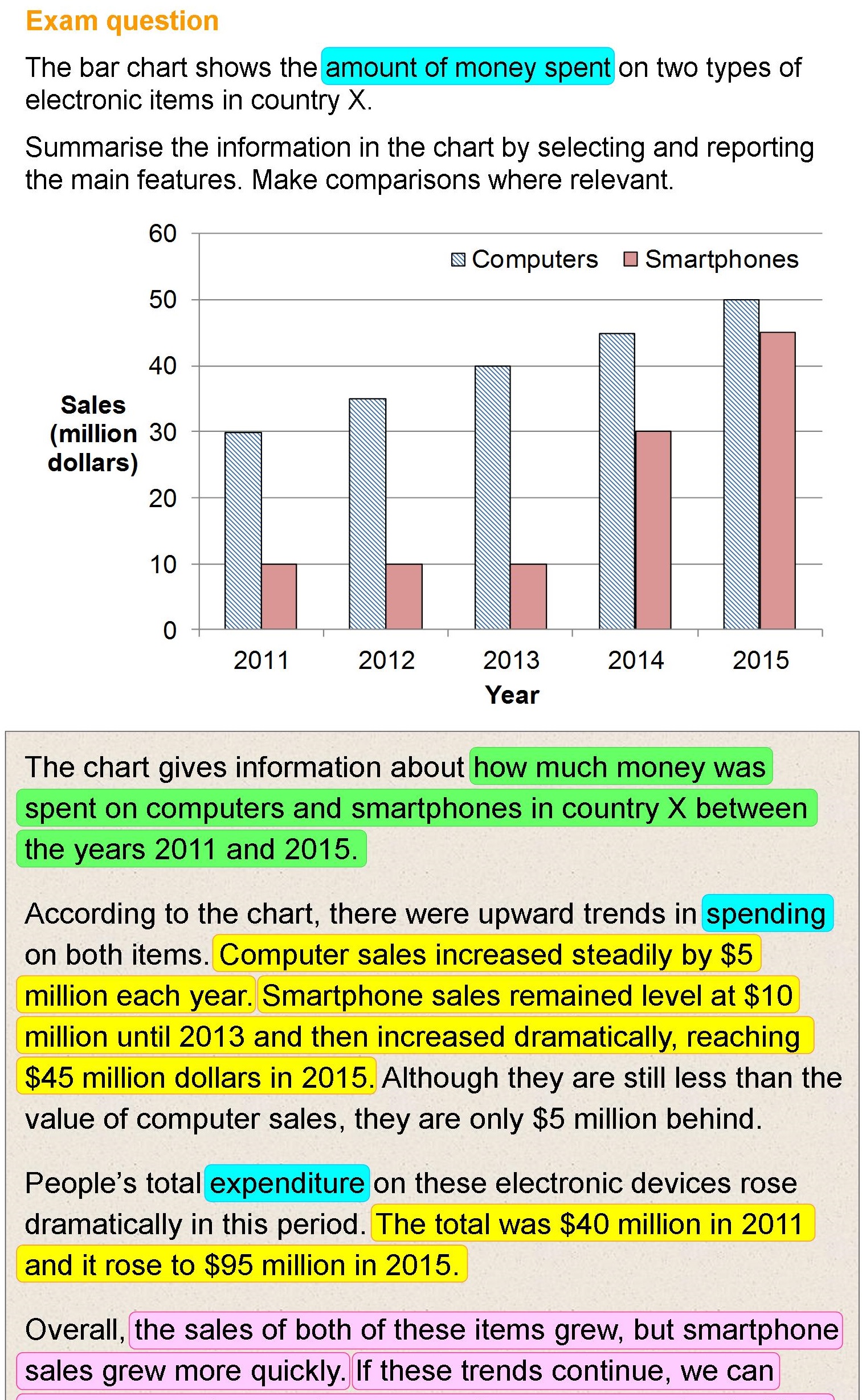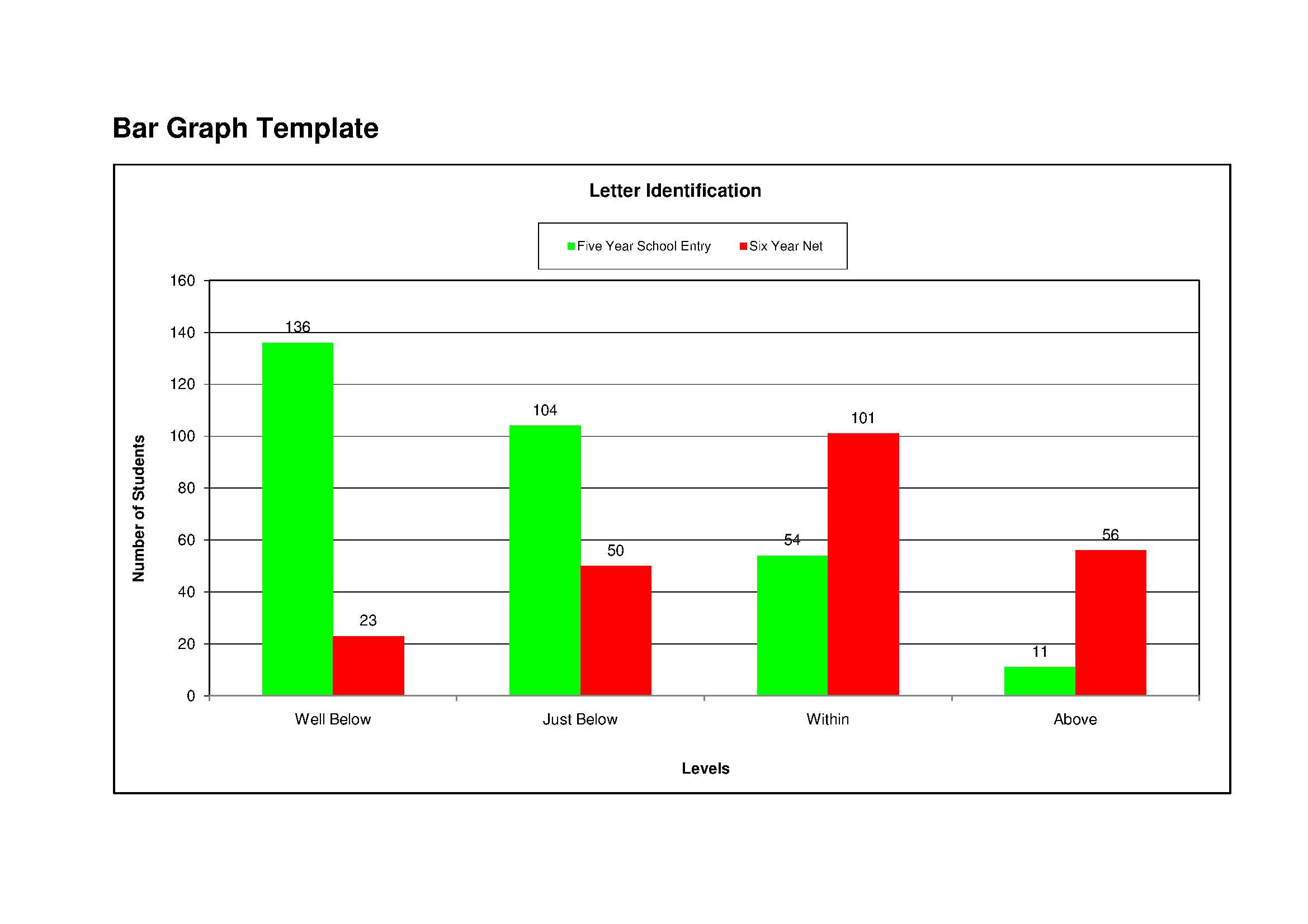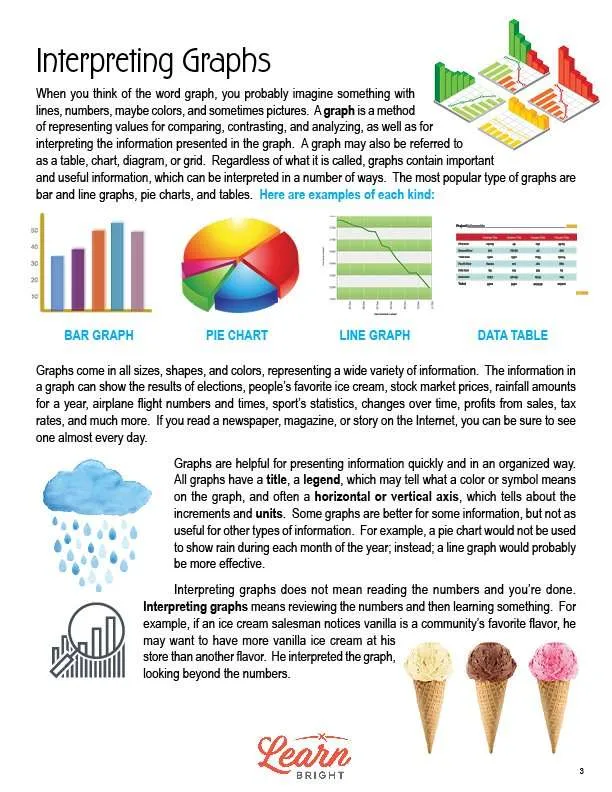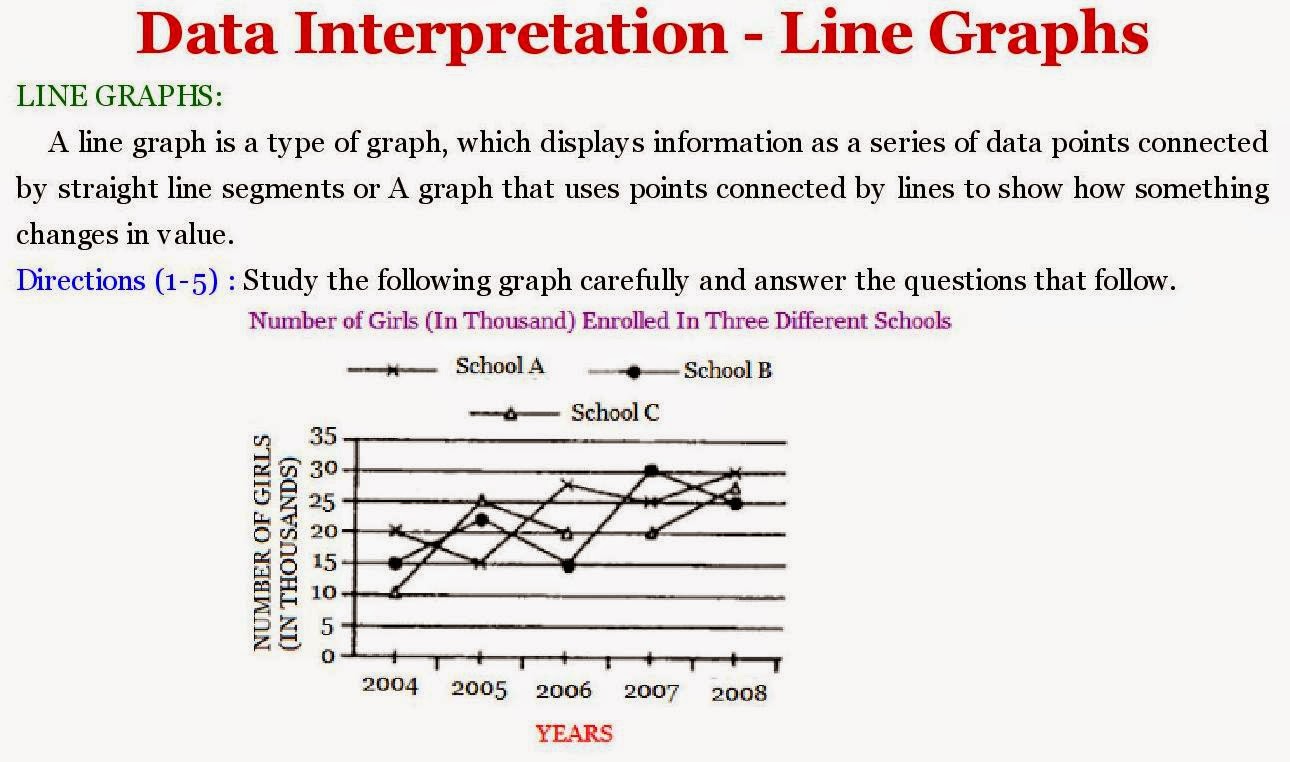Stunning Info About How To Interpret A Graph In Research Add Equation Of Line Excel

However, a number of intriguing questions remain about how expert users interpret data using both graph formats.
How to interpret a graph in research. Scientists rely on graphs to visualize relationships between variables, track results over time, and. She or he needs basic knowledge in creating and interpreting the graphs produced. Steps to interpret bar graphs.
Once you have conducted your descriptive statistical analyses, you will need to present them to others. It involves picking out data points of interest and gives a quick synopsis of what the graph is about. Reading a graph or chart means that we can look at the chart or graph and understand what it is trying to tell us.
It might not seem very relevant to the story and outcome of your study, but how you visually present your experimental or statistical results can play an important role during the review and publication process of your article. In some journals, as much as 30% of the space is taken up by graphs (cleveland, 1984), perhaps surpassing the adage that a picture is worth a thousand words. Useful phrases to interpret a graph.
Graph interpretation competence is, in fact, essential to understanding today’s world and to be scientifically literate. Use a line plot to do the following: Our research demonstrated how the graphical and representational features of different graphs can strongly affect the performance of individuals with relatively little experience.
How to interpret graphs and charts examples? Explain why these findings are important and how they contribute to your overall thesis or research question.
Display main and interaction effects. Also the person trying to understand the. Determine which category has the highest frequency.
What are charts & graphs? Graph interpretation is widely used in scientific research to analyze experimental data and present research findings. Graphs can communicate important information.
Understand relationships between categorical variables. Determine the number of groups, if applicable. Additional strategies to support students to read graphs can be found in 'language for graphs and statistical displays'.
How to create & interpret charts? Graphs may have several parts, depending on their format: Graphs and charts are visual representations of data in the form of points, lines, bars, and pie charts.
Being able to explain a graph clearly and accurately in english is certainly a useful skill to have. Check the scale for each graph element. Using graphs or charts, you can display values you measure in an experiment, sales data, or how your electrical use changes over time.



.PNG)
